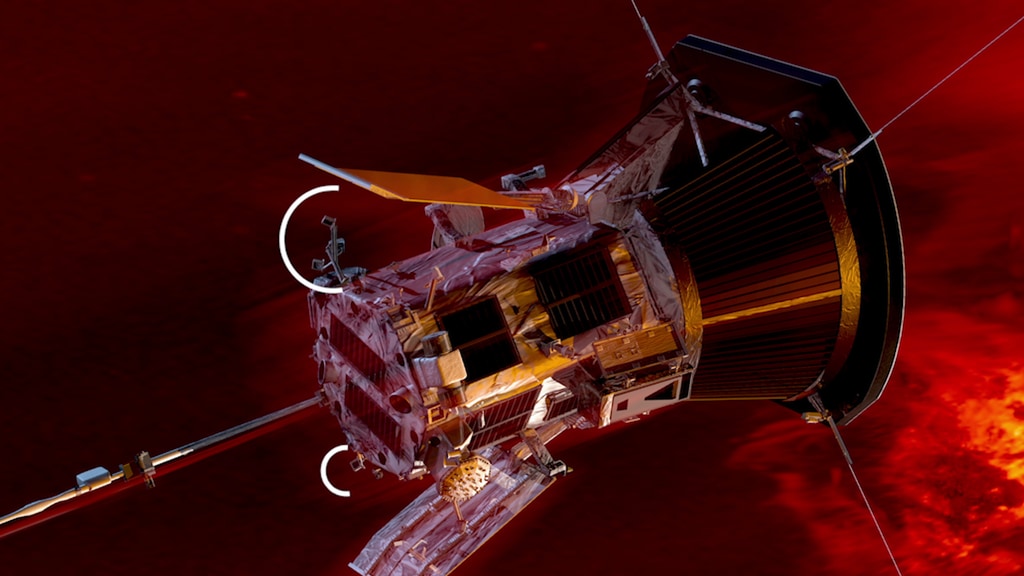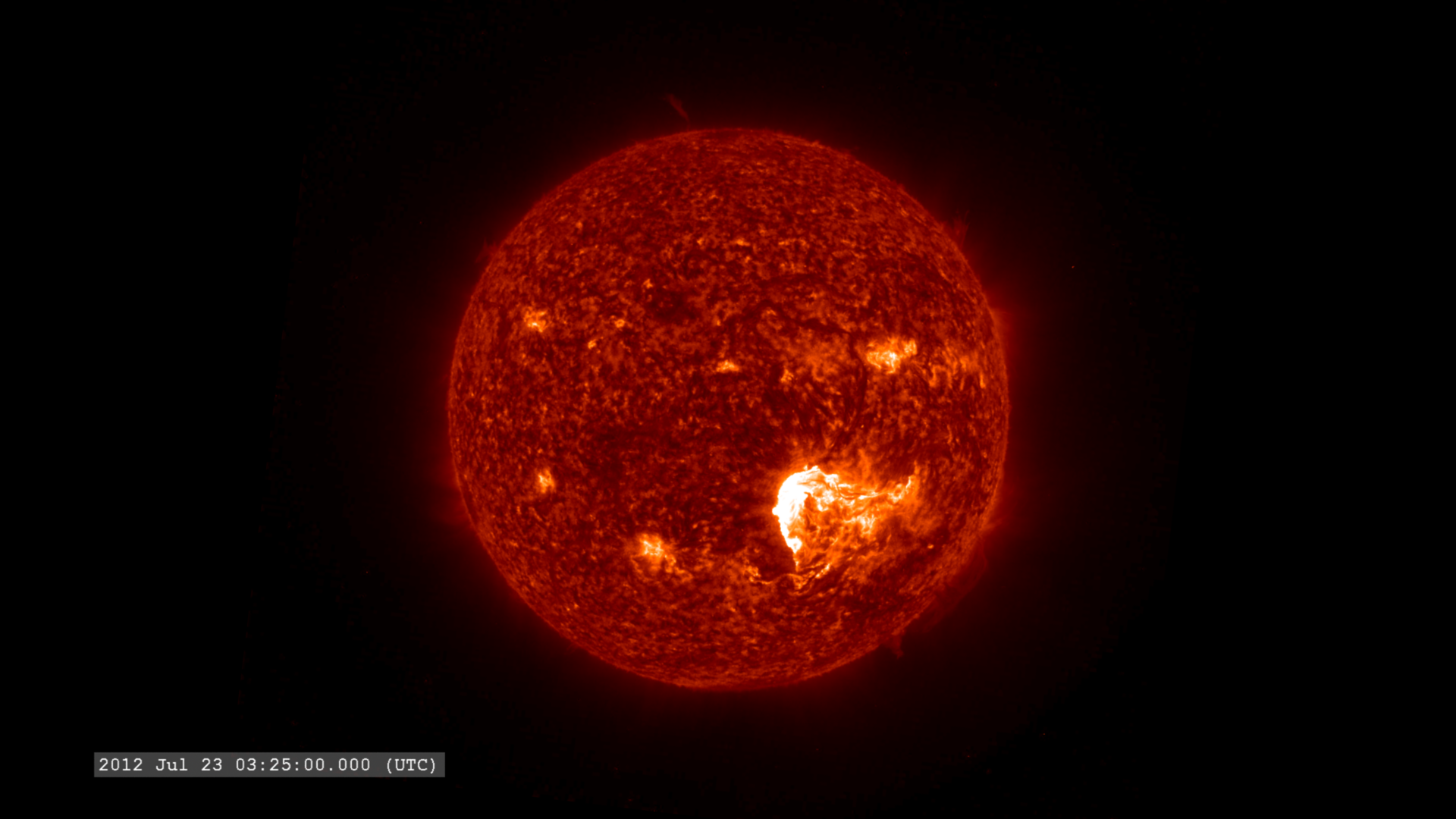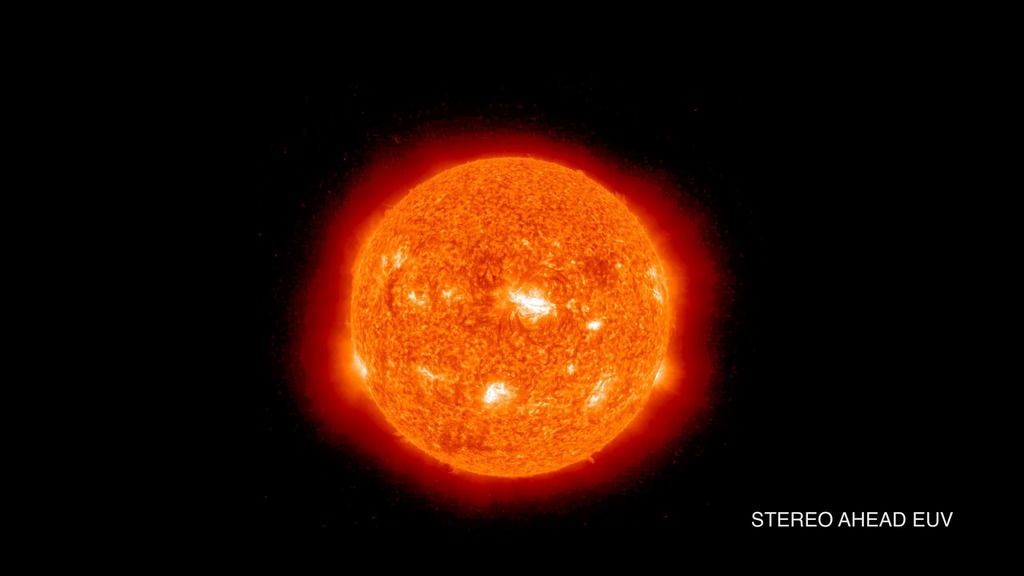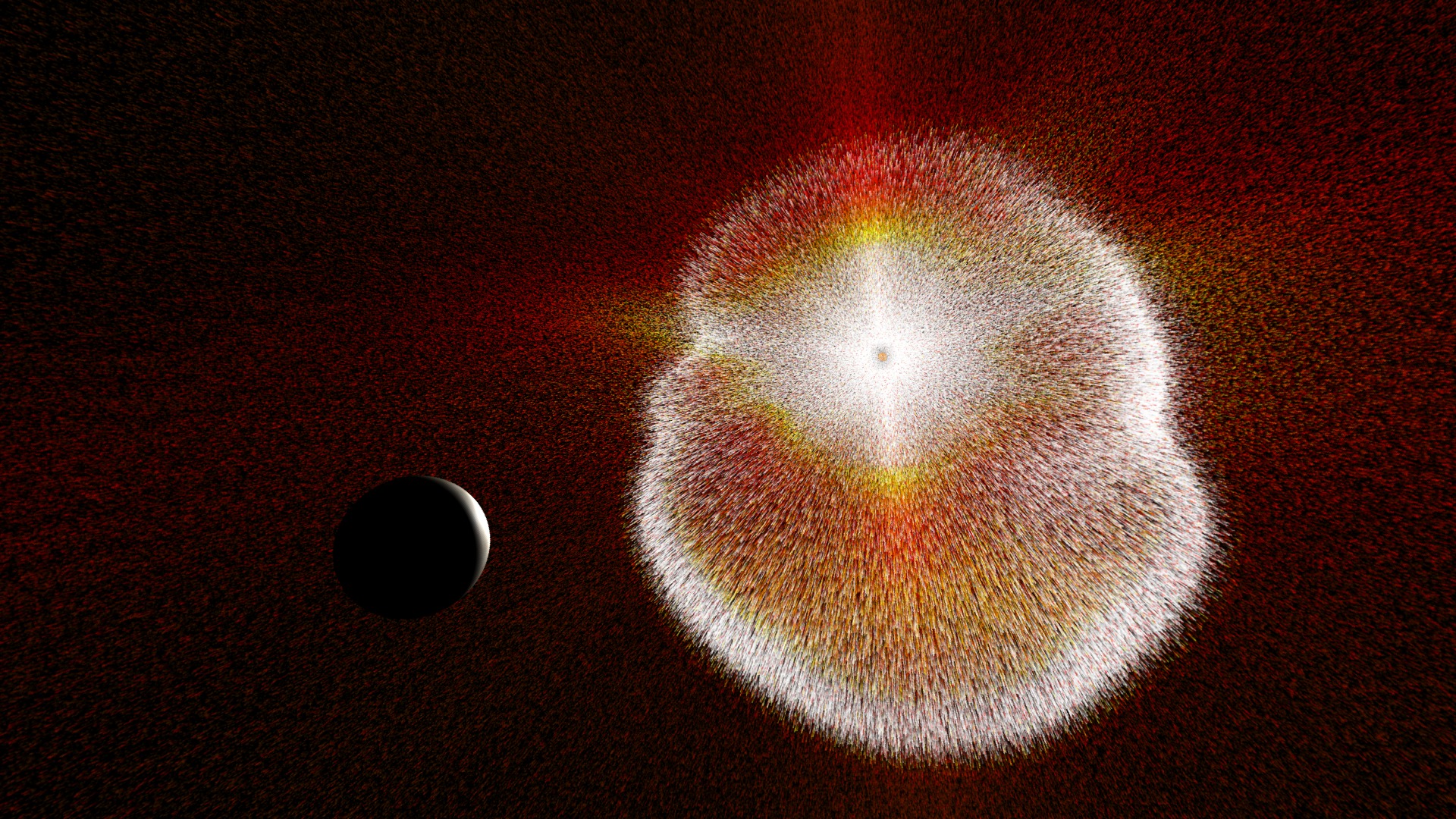NASA’s New Solar Scope Is Ready For Balloon Flight
NASA and the Korea Astronomy and Space Science Institute, or KASI, are getting ready to test a new way to see the Sun, high over the New Mexico desert.
A pearlescent balloon — large enough to hug a football field — is scheduled to take flight no earlier than Aug. 26, 2019, carrying beneath it a solar scope called BITSE. BITSE is a coronagraph, a kind of telescope that blocks the Sun’s bright face in order to reveal its dimmer atmosphere, called the corona. Short for Balloon-borne Investigation of Temperature and Speed of Electrons in the corona, BITSE seeks to explain how the Sun spits out the solar wind.
Music credit: "Gear Wheels" by Fabrice Ravel Chapuis [SACEM] from Killer Tracks
Complete transcript available.
Watch this video on the NASA Goddard YouTube channel.

Team member Nelson Reginald examines the BITSE instrument in the lab where it was built, at NASA’s Goddard Space Flight Center. BITSE is a coronagraph, a kind of telescope that blocks the Sun’s bright face in order to reveal its dimmer atmosphere.
Credit: NASA/Joy Ng
For More Information
Credits
Please give credit for this item to:
NASA's Goddard Space Flight Center
-
Scientists
- Natchimuthuk Gopalswamy (NASA/GSFC)
- Nelson Reginald (Catholic University of America)
- Jeff Newmark (NASA/GSFC)
- Qian Gong (NASA/GSFC)
-
Producer
- Joy Ng (USRA)
-
Writer
- Kathalina Tran (SGT)
-
Technical support
- Aaron E. Lepsch (ADNET Systems, Inc.)
Release date
This page was originally published on Friday, August 23, 2019.
This page was last updated on Wednesday, May 3, 2023 at 1:45 PM EDT.
![NASA's Scientific Balloon Program OverviewComplete transcript available.Music Credit: “Enviro Tense” by Max Van Thun [GEMA] via Universal Production Music](/vis/a010000/a014400/a014429/14429_Balloon_Program_thumbnail.jpg)





